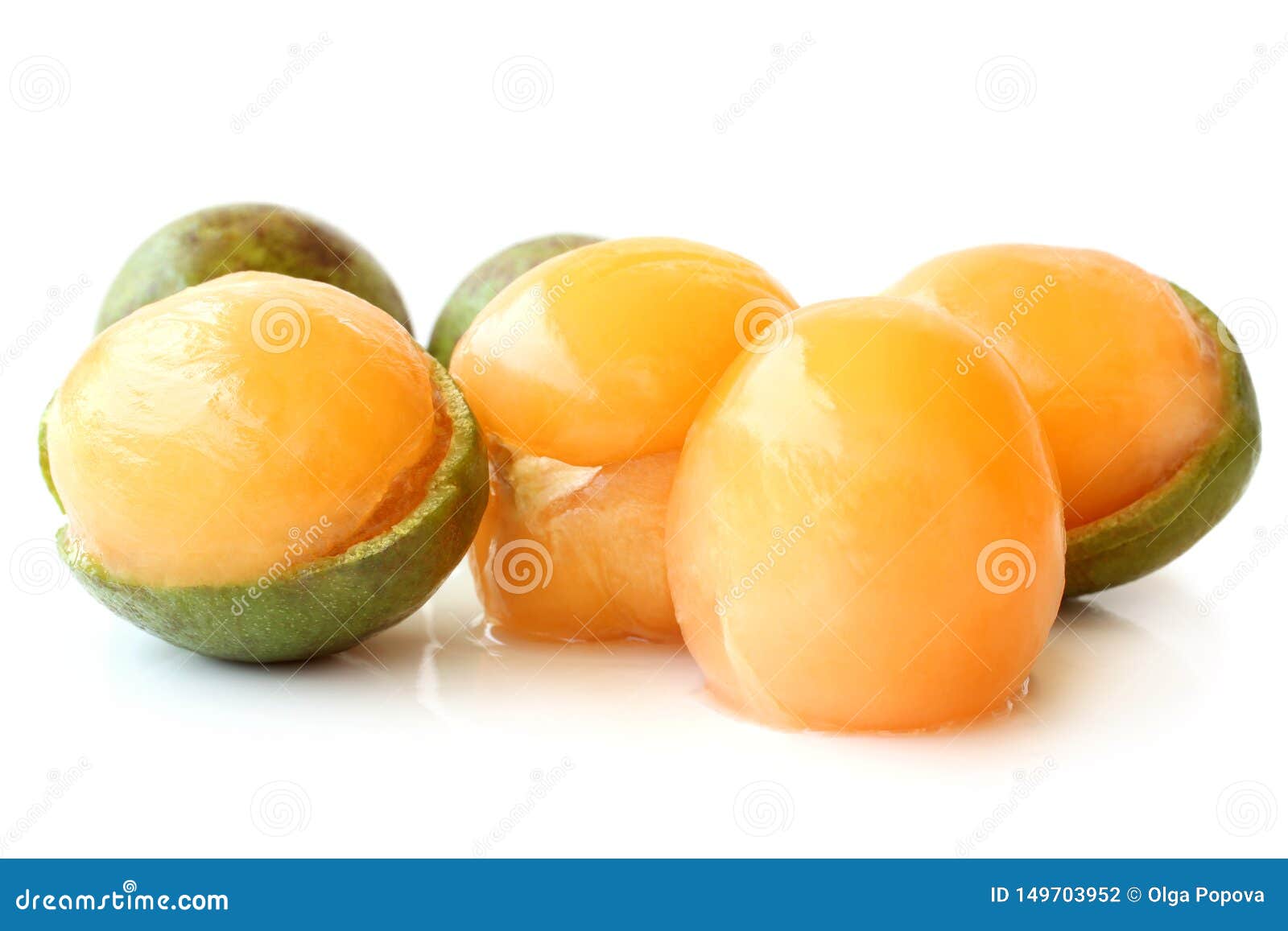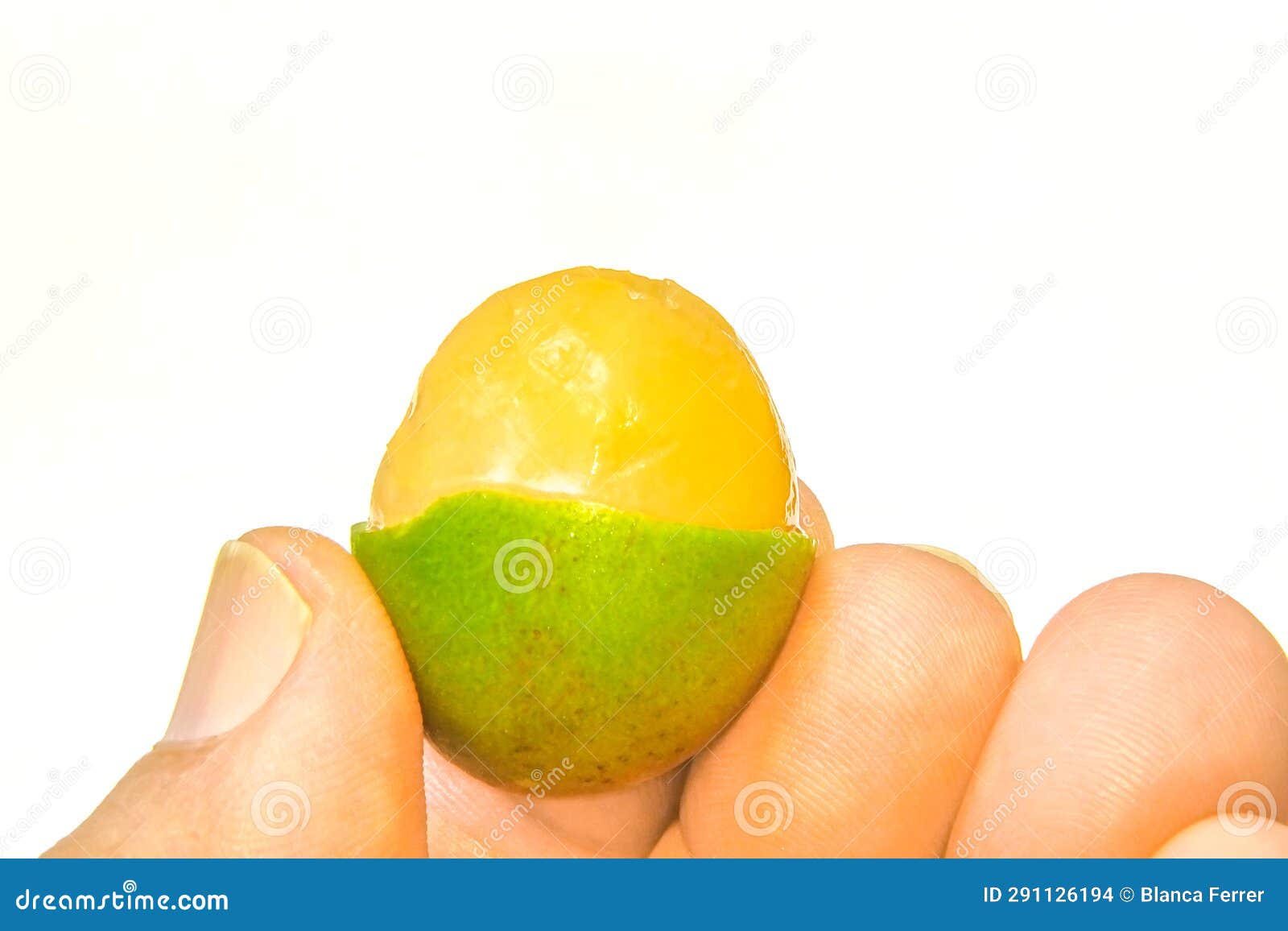Let’s be real here, folks. If you’re reading this, you’re probably curious about the quenepa fruit. And why not? It’s not just another fruit—it’s a tropical gem that’s been stealing the spotlight lately. Quenepa fruit, also known as mamoncillo or Spanish lime, is one of those hidden treasures from the Caribbean and Latin America that deserves a spot on your snack list. So, grab a seat, and let’s dive into everything you need to know about this incredible fruit.
Now, I get it. You might be thinking, “What’s so special about quenepa?” Well, buckle up because this fruit isn’t just about taste. It’s packed with nutrients, has a unique flavor profile, and is a staple in many cultures. Whether you’re a foodie looking for new flavors or someone who wants to boost their health naturally, quenepa fruit is worth exploring.
Before we dive deeper, let me tell you something: quenepa fruit isn’t just for eating. It’s also used in traditional medicine, smoothies, and even cocktails! So, if you’re ready to learn more about this amazing fruit, stick around because we’re about to break it all down for you.
- Don Johnson Melanie Griffith A Hollywood Love Story That Stood The Test Of Time
- Laci Peterson The Untold Story That Keeps Us Guessing
What is Quenepa Fruit?
Alright, let’s start with the basics. Quenepa fruit, scientifically known as Melicoccus bijugatus, is native to the Caribbean and parts of Latin America. It’s often referred to as Spanish lime or mamoncillo, depending on where you are. The fruit has a leathery green skin that encases a juicy, tangy-sweet pulp. When you bite into it, you’ll notice a large seed in the middle, which some people even roast and eat!
Quenepa is not just a fruit; it’s a cultural icon in many regions. In places like Puerto Rico, the Dominican Republic, and Venezuela, it’s a summer favorite. People often enjoy it fresh, sprinkled with a little salt or chili powder to enhance the flavor. But wait, there’s more to this fruit than just its taste.
Health Benefits of Quenepa Fruit
Let’s talk about the good stuff—health benefits. Quenepa fruit isn’t just tasty; it’s also incredibly nutritious. Here are some of the key benefits:
- John Travolta Kids The Starstudded Family Life You Need To Know
- Ultimate Break Your Ultimate Guide To Recharging And Relaxing
- Rich in Vitamins: Quenepa is packed with Vitamin C, which is great for boosting your immune system.
- Antioxidant Powerhouse: The fruit contains antioxidants that help fight free radicals and reduce inflammation.
- Heart Health: With its potassium content, quenepa can help regulate blood pressure and support heart health.
- Digestive Aid: The fiber in quenepa promotes healthy digestion and can help prevent constipation.
So, if you’re looking for a fruit that’s both delicious and healthy, quenepa should definitely be on your radar.
Where Does Quenepa Fruit Grow?
Quenepa fruit thrives in tropical climates, particularly in the Caribbean and Central and South America. Countries like Puerto Rico, Cuba, the Dominican Republic, and Venezuela are known for their quenepa production. The fruit grows on large trees, and during the summer months, you’ll see these trees laden with clusters of quenepa.
Interestingly, quenepa trees can grow up to 80 feet tall! The fruit typically ripens between June and September, making it a summer treat for many. If you ever find yourself in one of these regions during the summer, keep an eye out for quenepa vendors on the streets. Trust me, it’s worth trying!
Quenepa in Different Cultures
Quenepa fruit holds a special place in many cultures. In Puerto Rico, it’s often referred to as “mamón,” and it’s a must-have during festivals and family gatherings. In the Dominican Republic, people love to sprinkle a little lime juice and chili powder on their quenepa for an extra kick. Meanwhile, in Venezuela, the fruit is enjoyed fresh or used in refreshing beverages.
Each culture has its own unique way of enjoying quenepa, but one thing is for sure—it’s a fruit that brings people together.
How to Eat Quenepa Fruit
Now, let’s talk about how to enjoy this tropical delight. Eating quenepa is pretty straightforward:
- Crack open the leathery skin using your teeth or a knife.
- Suck on the juicy pulp around the seed.
- Spit out the seed when you’re done.
Some people like to sprinkle a little salt or chili powder on their quenepa for added flavor. Others prefer to blend it into smoothies or make refreshing drinks. The possibilities are endless!
Nutritional Value of Quenepa Fruit
Let’s break down the nutritional value of quenepa fruit. A 100-gram serving of quenepa contains:
- Calories: 63
- Carbohydrates: 14 grams
- Fiber: 3 grams
- Vitamin C: 30% of the Daily Value
- Potassium: 10% of the Daily Value
As you can see, quenepa is low in calories but high in nutrients, making it a great choice for a healthy snack.
Quenepa for Weight Loss
Many people are turning to quenepa as part of their weight loss journey. The fruit’s high fiber content helps keep you full longer, while its low calorie count makes it an ideal snack. Plus, the natural sugars in quenepa provide a sweet treat without the guilt.
So, if you’re looking for a healthy way to satisfy your sweet tooth, quenepa might just be the answer.
Quenepa Fruit Recipes
Ready to get creative with quenepa? Here are a few recipe ideas to inspire you:
- Quenepa Smoothie: Blend quenepa pulp with yogurt, honey, and ice for a refreshing drink.
- Quenepa Sorbet: Freeze blended quenepa pulp with a little sugar for a homemade sorbet.
- Quenepa Salad: Mix quenepa pulp with fresh fruits and a drizzle of honey for a tropical salad.
These recipes are just the tip of the iceberg. Quenepa is versatile, and you can use it in both sweet and savory dishes.
Quenepa Fruit vs. Other Tropical Fruits
How does quenepa compare to other tropical fruits? Let’s take a look:
- Mango: Mango is sweeter and juicier than quenepa, but both are rich in Vitamin C.
- Pineapple: Pineapple is tangier and has more fiber, but quenepa is lower in calories.
- Lychee: Lychee and quenepa are often compared due to their similar appearance, but quenepa has a more tangy flavor.
Each fruit has its own unique qualities, but quenepa stands out for its balance of sweetness and tanginess.
Quenepa Seeds: Are They Edible?
Yes, quenepa seeds are edible! Many people roast and season them for a tasty snack. The seeds have a nutty flavor and are rich in healthy fats. However, it’s important to note that the seeds should be cooked before eating to remove any potential toxins.
So, if you’re feeling adventurous, give quenepa seeds a try. They’re a great way to reduce food waste and get the most out of this amazing fruit.
Where to Buy Quenepa Fruit
Finding quenepa fruit can be a bit tricky, especially if you don’t live in a tropical region. However, many Latin markets and specialty stores carry quenepa during the summer months. You can also find it online through various fruit delivery services.
If you’re lucky enough to live in a place where quenepa grows, keep an eye out for local farmers’ markets or street vendors. Trust me, nothing beats fresh, tree-ripened quenepa!
Quenepa Fruit: A Sustainable Choice
In today’s world, sustainability is more important than ever. Quenepa fruit is a great choice for those looking to reduce their environmental impact. The fruit is often grown organically and doesn’t require as much water or pesticides as other crops.
Plus, quenepa trees provide shade and habitat for wildlife, making them a valuable addition to any ecosystem. So, by choosing quenepa, you’re not only supporting your health but also the planet.
Quenepa and Climate Change
As climate change continues to affect agriculture, quenepa is proving to be a resilient crop. The trees can withstand droughts and hurricanes, making them a reliable source of food in unpredictable weather conditions.
This resilience is one of the reasons why quenepa is gaining popularity in sustainable agriculture circles. It’s a fruit that can thrive even in challenging environments.
Conclusion: Why Quenepa Fruit Deserves Your Attention
So, there you have it—everything you need to know about quenepa fruit. From its unique flavor to its impressive health benefits, quenepa is a fruit that deserves a place in your life. Whether you’re enjoying it fresh, blending it into smoothies, or roasting the seeds, quenepa offers endless possibilities.
Now, here’s where you come in. Have you tried quenepa before? What’s your favorite way to enjoy it? Leave a comment below and let us know. And don’t forget to share this article with your friends who love tropical fruits. Together, let’s spread the quenepa love!



Detail Author:
- Name : Miss Piper Pagac DDS
- Username : ogorczany
- Email : kyle.littel@ratke.net
- Birthdate : 1998-07-05
- Address : 7426 Kirlin Court Cindychester, OK 68904-2537
- Phone : +17145319342
- Company : West PLC
- Job : Artillery Officer
- Bio : Non aperiam quia repellendus eligendi. Quidem sed qui rem aut repudiandae. Debitis perspiciatis atque minima qui maiores. Dolor doloremque quo velit provident ad provident sed temporibus.
Socials
instagram:
- url : https://instagram.com/rubye_welch
- username : rubye_welch
- bio : Animi veritatis distinctio non rerum provident quis. Quod quia explicabo quia ut quam.
- followers : 3820
- following : 2425
facebook:
- url : https://facebook.com/rubyewelch
- username : rubyewelch
- bio : Quaerat ipsa voluptatem quod ut.
- followers : 4313
- following : 1886